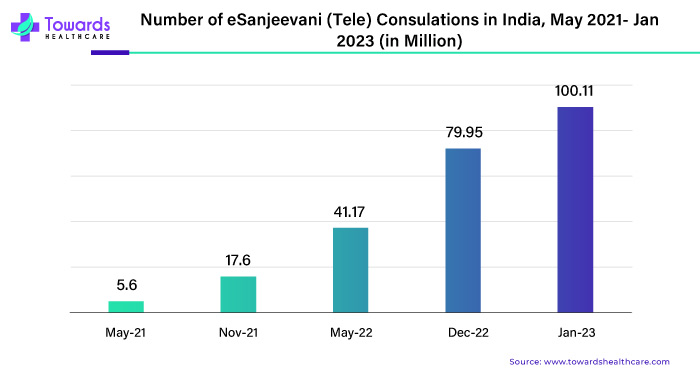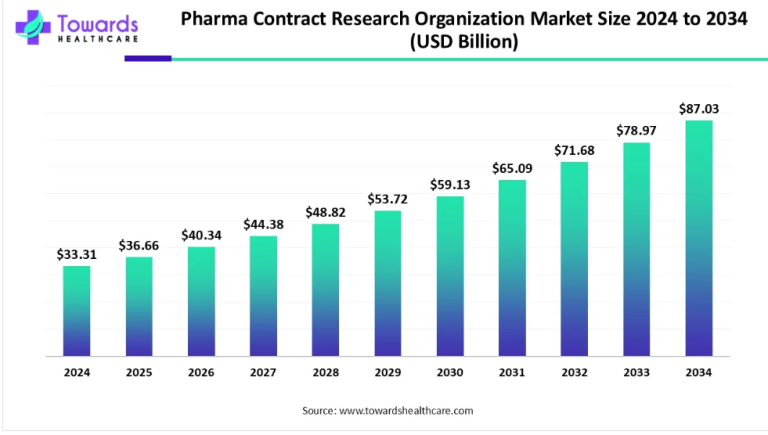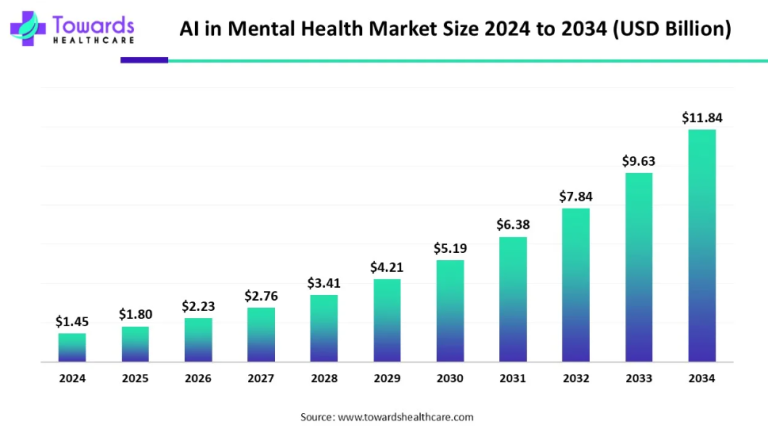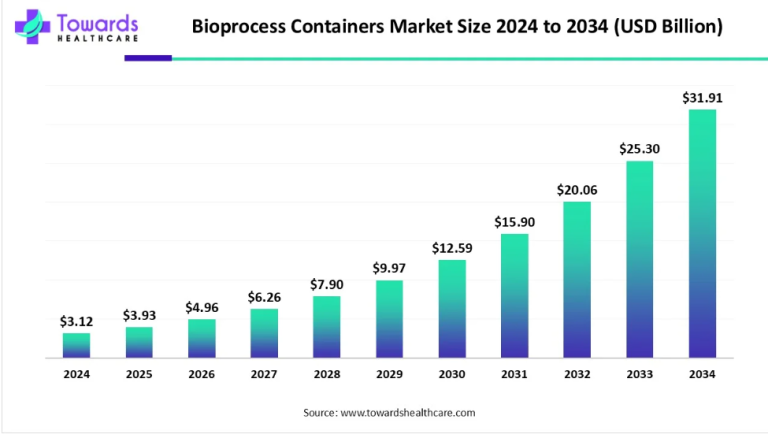
The landscape of healthcare is rapidly evolving, driven by technological advancements that aim to bridge the gap in access to care and improve patient outcomes. One such innovation gaining significant traction is remote monitoring, a practice facilitated by Internet of Things (IoT) technologies. In this article, we delve deep into the rising popularity of remote monitoring and its transformative impact on healthcare delivery.
Addressing Global Healthcare Disparities
According to the World Health Organization (WHO), millions of individuals worldwide lack access to essential healthcare services. This glaring disparity underscores the urgent need for innovative solutions to reach underserved populations, especially those facing life-threatening illnesses. Remote monitoring emerges as a beacon of hope, offering a lifeline to patients in remote or economically challenged regions.
Benefits of Telehealth
- Limited physical contact lowers everyone’s exposure to COVID-19.
- Virtual visits ensure you receive health care wherever you are- at home, work, or even in your car.
- Virtual visits reduce travel, time away from work, and the need for child care.
- Virtual Healthcare tools can reduce the wait for an appointment.
- Increased access to specialists Located far away from your hometown.
For any queries, feel free to reach us @ https://www.towardshealthcare.com/personalized-scope/5094
The Role of IoT in Healthcare
The advent of IoT in healthcare has revolutionized the way we approach patient care. By leveraging interconnected devices and real-time data analytics, healthcare providers can remotely monitor patients’ vital signs and health metrics with unprecedented accuracy and efficiency. From wearable devices to remote monitoring systems, IoT technology empowers healthcare professionals to detect early signs of deterioration and intervene proactively, thus enhancing patient care and reducing the burden on traditional healthcare facilities.
Impact of COVID-19 on Remote Monitoring
The COVID-19 pandemic served as a catalyst for the widespread adoption of remote monitoring solutions. With social distancing measures in place and healthcare systems overwhelmed, telehealth and remote monitoring emerged as indispensable tools in managing the crisis. Regulatory bodies expedited approvals for various remote monitoring devices tailored to combat the challenges posed by the virus, further accelerating the integration of IoT in healthcare.
- In May 2020, notable examples include the Whoop Strap, which was designed for measuring respiratory rates, and Philips’ disposable patches and biosensors, which were customized for detecting COVID-19.
- In 2020, Scripp’s ‘DETECT’ system capable of gathering data from wearable devices, Taiwan’s innovative testing and tracing architecture, Eko’s electrocardiogram tool for assessing cardiac complications, the ‘Lumify’ portable ultrasound, and Aidoc Medical’s AI-CT algorithms for COVID-19 detection.
Advancements in Remote Monitoring Devices
The rapid pace of technological innovation has led to the development of advanced remote monitoring devices capable of gathering precise health data in real-time. From respiratory rate measurement to cardiac monitoring, these devices offer unparalleled insights into patients’ health status, enabling early intervention and personalized care. Notable examples include wearable biosensors like the Whoop Strap and Philips’ disposable patches, customized for detecting COVID-19 symptoms.
FDA-Issued Emergency Use Authorizations
The FDA’s issuance of Emergency Use Authorizations for remote monitoring devices underscores the critical role of these technologies in healthcare delivery. From remote patient monitoring to nurse call systems, these authorizations pave the way for broader adoption and integration of IoT solutions in healthcare settings. As regulatory barriers are overcome, healthcare providers can harness the full potential of remote monitoring to improve patient outcomes and optimize resource allocation.
FDA-Issued Emergency Use Authorizations of Remote Monitoring Devices
| Sr. No. | Date EUA Issued | Device Type | Letter of Authorization |
| 1. | 14 May 2020 | Remote Patient QT Interval Monitor | G Medical Innovations, Ltd., VSMS Patch |
| 2. | 11 May 2020 | Nurse Call System | Ascom(US), Telecare |
| 3. | 26 April 2020 | Remote Patient Monitoring | PhysiolGaurd, ECG-QT Analysis System |
| 4. | 8 May 2020 | Patient Isolation Transport Unit | Patient Isolation Transport Device |
The IoT in healthcare market experiences growth in response to this increased demand as healthcare providers and institutions recognize the potential benefits of adopting remote monitoring solutions. The ability to monitor patients in real-time improves the quality of care and contributes to cost savings by preventing hospital readmissions and minimizing emergency interventions. As a result, there is a growing investment in IoT in healthcare technologies to meet the expanding requirements for remote patient monitoring. The convergence of these factors—ageing populations, rising chronic disease rates, the need for efficiency in healthcare delivery, and the proven benefits of IoT in healthcare solutions—contributes to the sustained and increasing growth of the IoT in healthcare market globally.
Privacy and Security Concerns
While the benefits of remote monitoring are undeniable, concerns regarding privacy and security loom large. The transmission of sensitive health data via IoT devices raises valid apprehensions about unauthorized access and data breaches. To address these concerns, robust encryption protocols, secure data transmission mechanisms, and stringent access controls must be implemented. Compliance with regulatory standards such as HIPAA is paramount in safeguarding patient privacy and fostering trust in IoT-enabled healthcare solutions.
- In November 2020, VitalConnect introduced the VitalPatch RTM, an innovative cardiac monitoring patch designed for patients needing prolonged Holter monitoring. This wearable biosensor employs an artificial intelligence electrocardiogram sensor to detect 21 cardiac arrhythmias. The device tracks four vital signs: heart rate, variability, respiratory rate, and activity.
- In September 2022, GE Healthcare Technologies Inc. unveiled the Optima IGS320, a state-of-the-art cath lab infused with artificial intelligence. This innovation elevates the precision of medical imaging, facilitating intelligent and accurate healthcare delivery.
- In August 2022, GE Healthcare Technologies and Boston Scientific are collaborating to manufacture the medical devices. This collaboration signifies a significant driver for market growth.
The Role of Telehealth in Driving IoT Adoption
Telehealth plays a pivotal role in driving the adoption of IoT in healthcare, offering convenient and accessible healthcare services to patients worldwide. The surge in telemedicine adoption, especially during the COVID-19 pandemic, highlights the growing reliance on interconnected medical devices for remote healthcare delivery. From teleconsultations to remote patient monitoring, telehealth leverages IoT technology to streamline processes and enhance patient care, ultimately reshaping the healthcare landscape on a global scale.
The rising popularity of remote monitoring underscores the transformative potential of IoT in healthcare. By bridging the gap in access to care, improving patient outcomes, and optimizing healthcare delivery, remote monitoring holds the key to a more efficient and equitable healthcare system. As technological advancements continue to drive innovation in healthcare, the integration of IoT solutions promises to revolutionize patient care and pave the way for a healthier future.
Unlock Infinite Advantages: Subscribe to Annual Membership
To own our premium research instantly, Click here @ https://www.towardshealthcare.com/price/5094
Read More about IoT in Healthcare Market:



